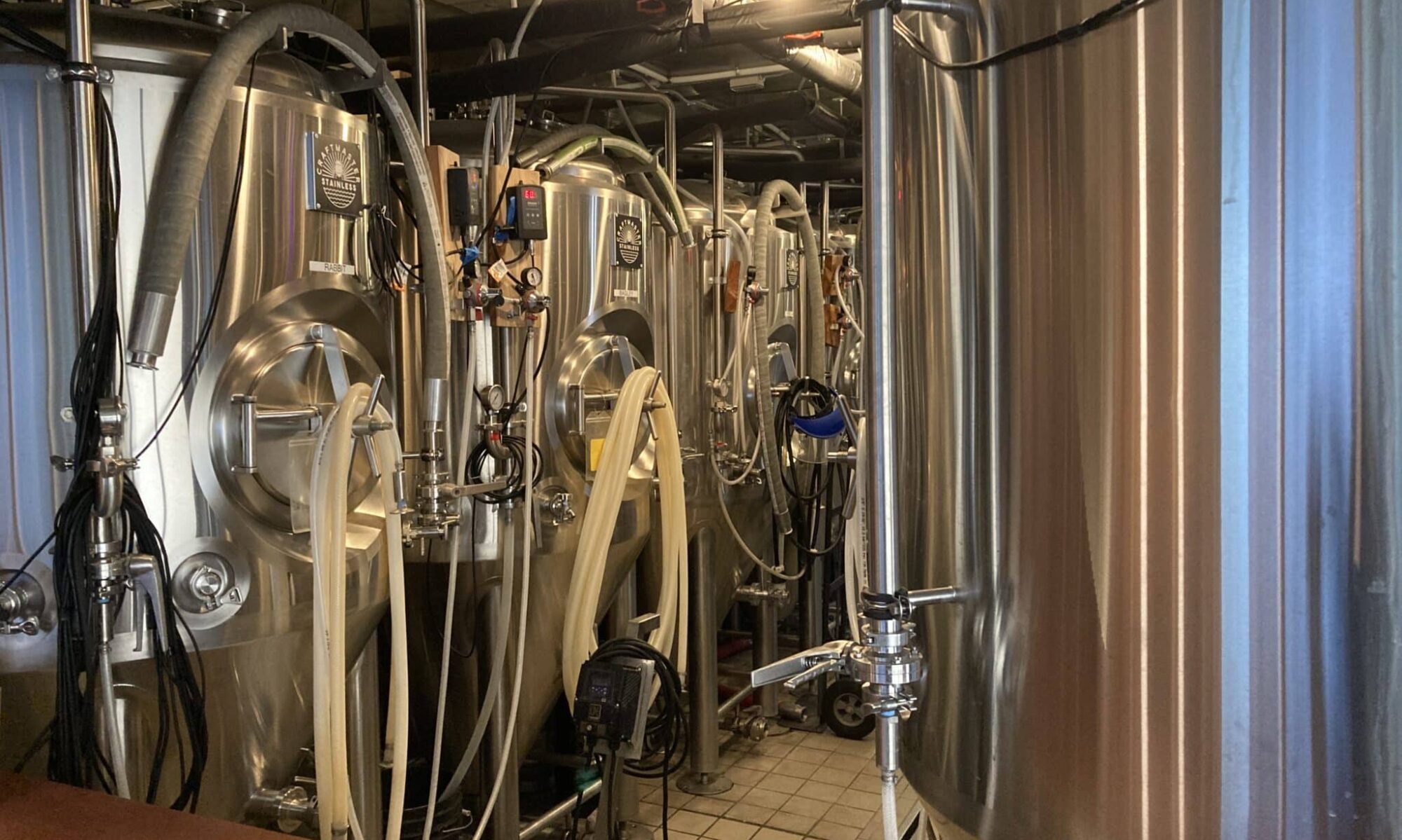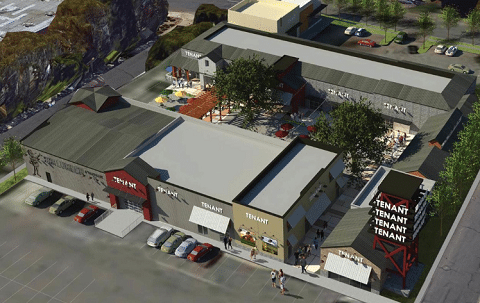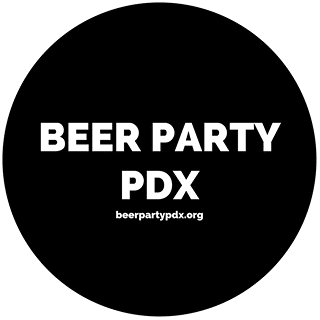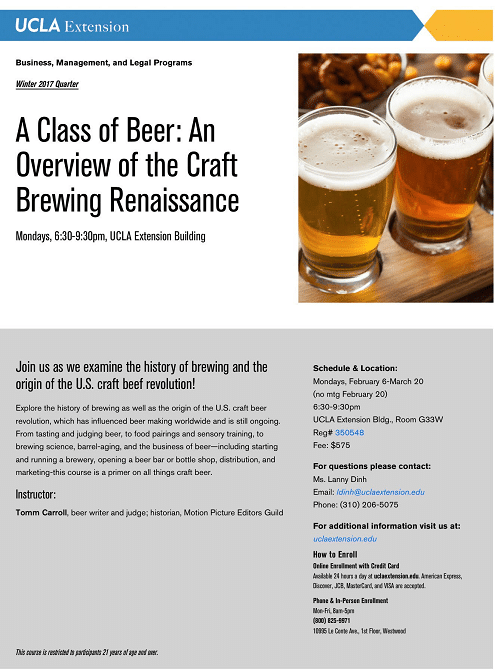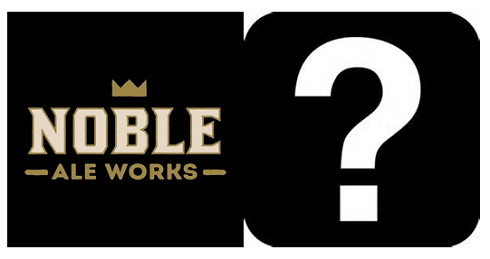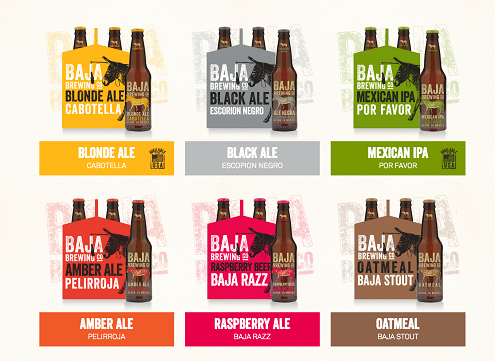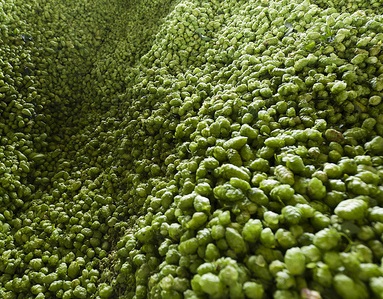Cheating is usually not spectacular. It is usually nicked at the edges. Slowly rolling through a stop sign in a quiet neighborhood and not speeding through a red light on a busy boulevard.

But you can get dinged by the authorities for either. Especially if you keep going back to the well. Which is what happened here in SoCal recently as Anheuser-Busch, LLC wholesalers settled a case for $400K (plus all the lawyering they had to pay for). In addition, Straub Distributing Company who distributes AB products in Orange County settled for $10K
They and numerous retailers were flagged for “Unfair Business Practices”. The distributors for paying for items and the retailers for accepting said items for either no cost or only partial cost.
The investigation started back in 2015 by the ABC’s Trade Enforcement Unit and resulted in one of the “largest penalty fines imposed in the history of ABC…” They will also have to install training programs for employees and anyone who has been to one of those, know what a time suck they can be as well as costly.
An additional fun fact is that, “In exchange for suspension of $200,000 of the fine, Anheuser-Busch, LLC agreed to extend the conditions of discipline to all Anheuser-Busch, LLC wholesalers in the state.” Why AB would want the $200K and make the disciplinary action statewide? Pre-empting further legal action? They need whatever amount of that $200K to pay the lawyers?
All I know is that this company is better at skirting rules and avoiding punishment. Much better than beer making for sure.
